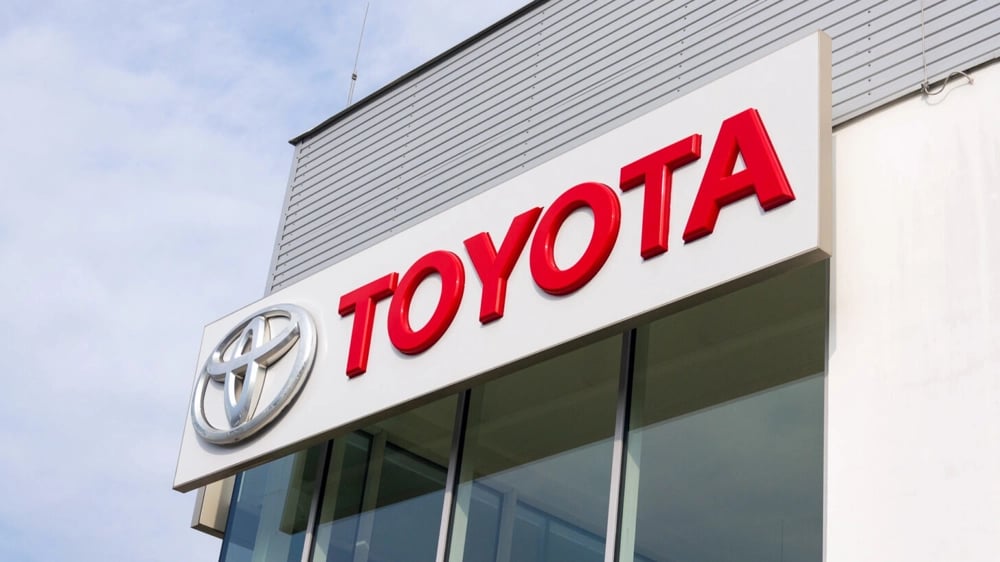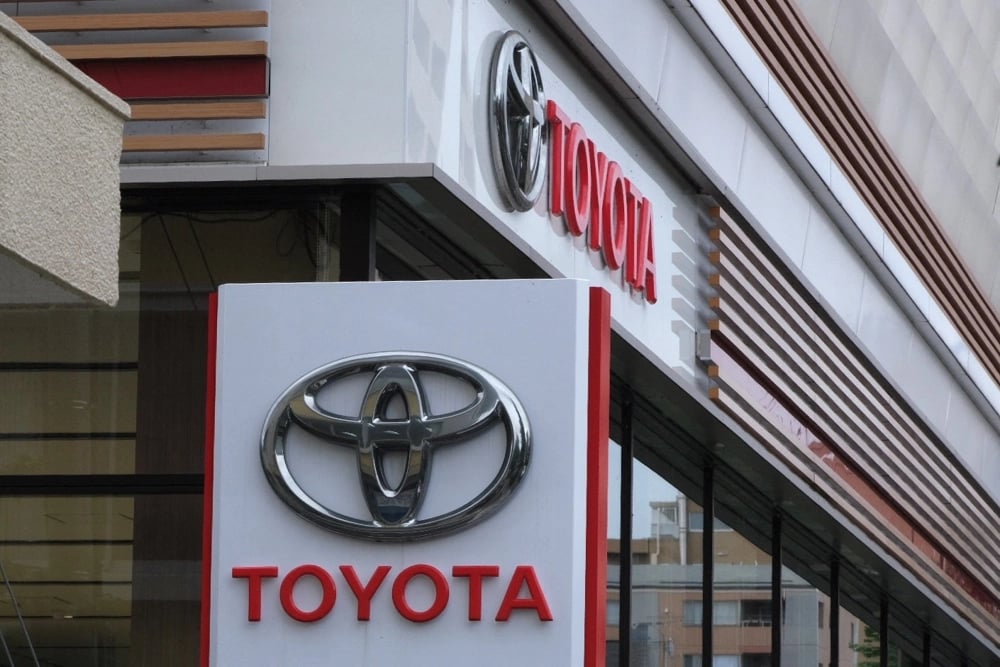
It's a tough balance between protecting jobs and safeguarding global brands like Toyota.
Toyota's navigating stormy waters with these tariffs—it'll be interesting to see how they adapt!

Toyota Motor Corp. $TM, one of the leading automobile manufacturers globally, recently announced significant potential losses due to tariffs imposed by the administration of President Donald Trump. This move is part of a broader strategy aimed at protecting American manufacturing, but it poses substantial challenges to the financial performance of the Japanese automotive giant.
According to preliminary estimates, following the implementation of new tariffs, Toyota's operating profit may decline by 180 billion yen (approximately $1.3 billion) within just two months. The company emphasizes that the impact on results for April and May has already been accounted for in its financial documents, though the ongoing situation remains uncertain.

The operational profit forecast for the current financial year, ending March 2026, has been revised. Toyota now anticipates achieving a profit of 3.8 trillion yen, significantly lower than prior analyst expectations, which were around 4.7 trillion yen. This adjustment underscores the complexity of circumstances faced by many international companies amid trade disruptions and heightened global uncertainty.
Toyota has joined a growing number of international companies experiencing adverse effects from trade disputes. In recent months, many automakers, including major players like Ford $F and General Motors $GM, have reported declining profits due to tariffs and various economic factors. These conditions present considerable challenges not only for the automotive sector but also for the global economy.

In response to such challenges, companies like Toyota may consider several strategies:
Adapting to New Tariffs: Reevaluating supply chains to minimize the impact on production costs.
Diversifying Manufacturing Capabilities: Opening new plants in regions with more favorable tax conditions and tariff policies.
Investments in Innovation: Increasing funding for research and development to enhance competitiveness.
Strengthening Marketing Efforts: Developing advertising campaigns aimed at bolstering consumer trust and maintaining demand for the company’s vehicles.
The situation regarding tariffs and their impact on Toyota highlights broader economic trends affecting multiple sectors. Despite the challenging environment, companies can identify adaptive strategies and even capitalise on new circumstances. Automakers like Toyota must demonstrate resilience and innovation in navigating uncertainties and threats.
The current analysis indicates that companies exhibiting flexibility and a proactive approach will be better positioned to tackle challenges and discover new growth opportunities. Toyota's outlook for the coming years will depend not only on its internal strategies but also on external economic factors that continually reshape market dynamics.